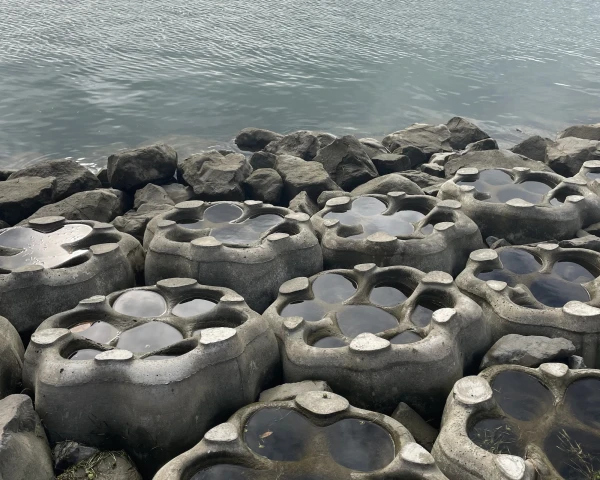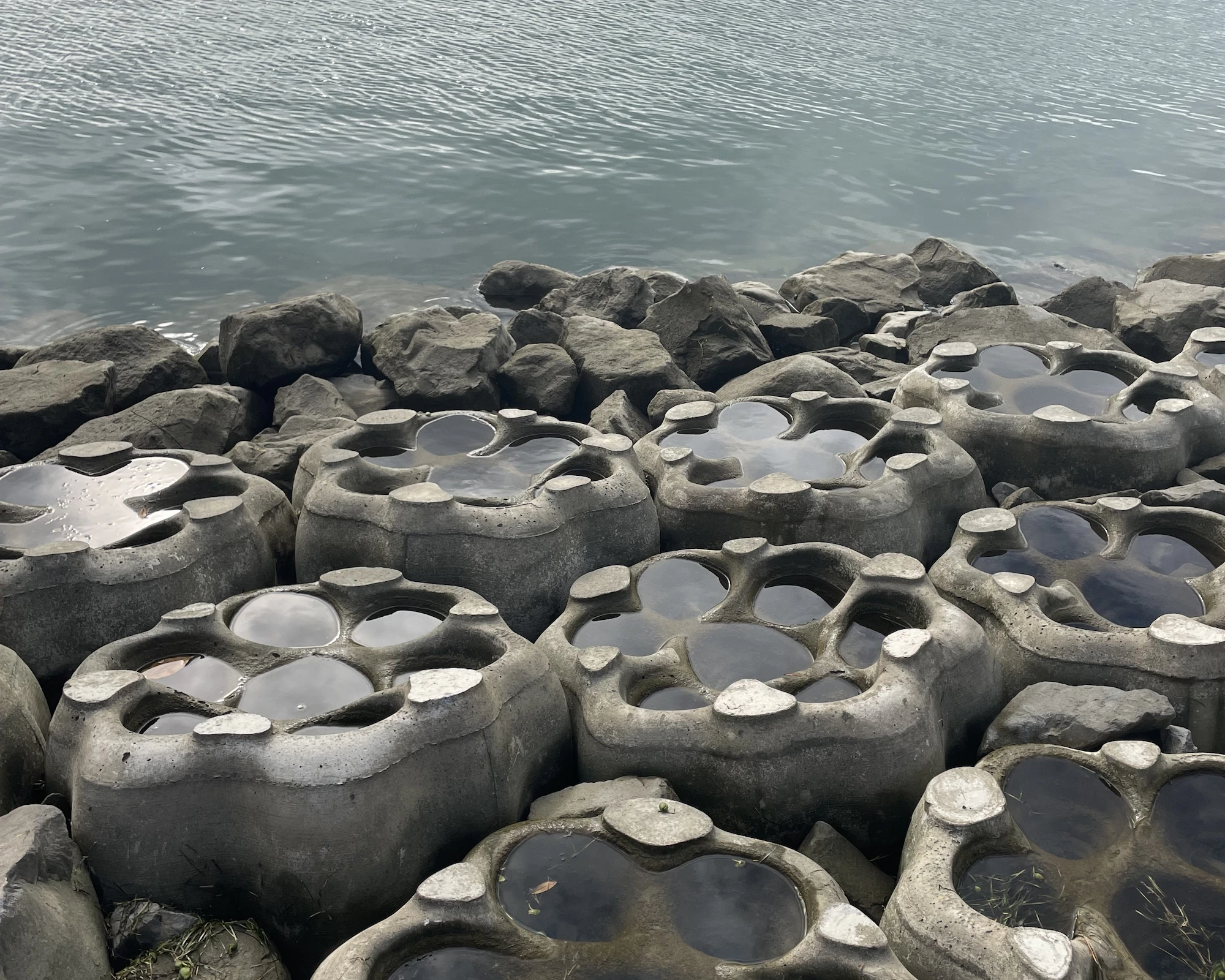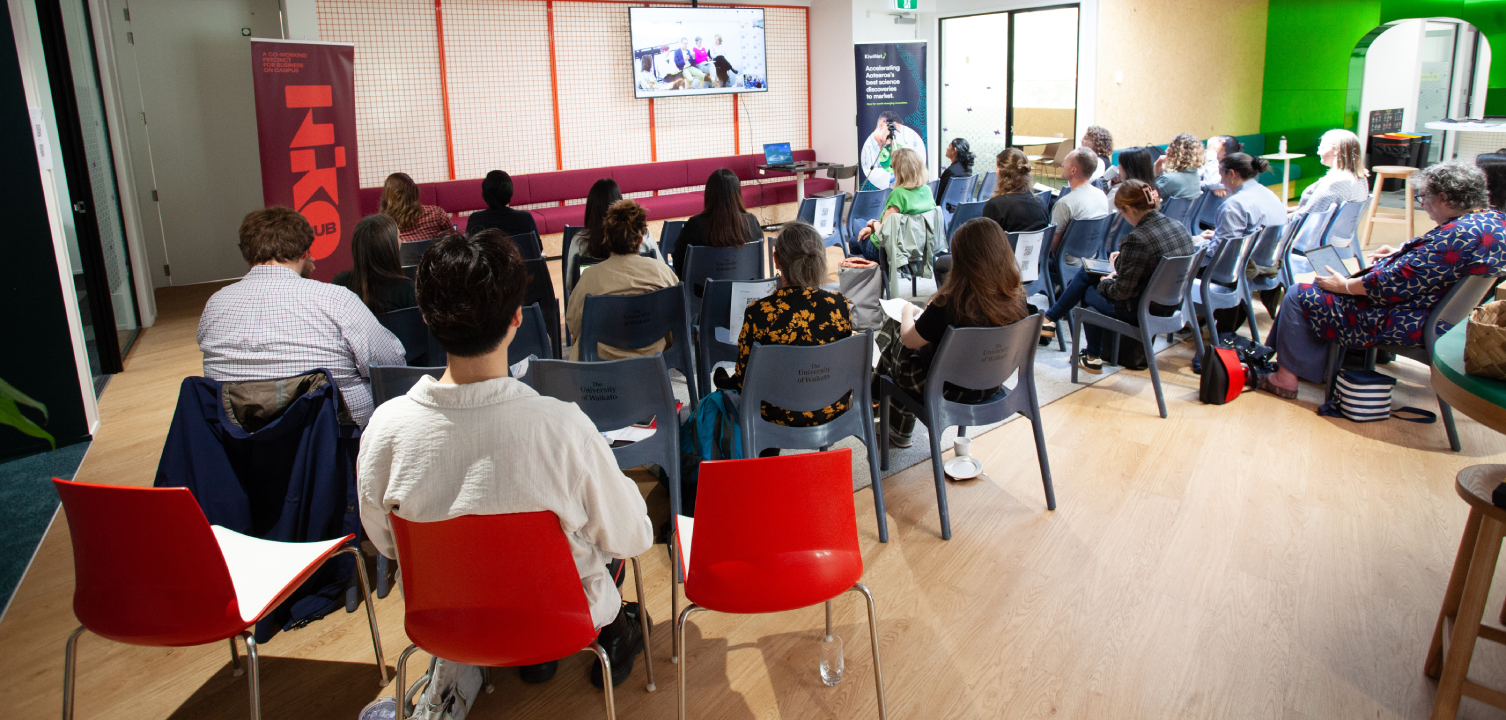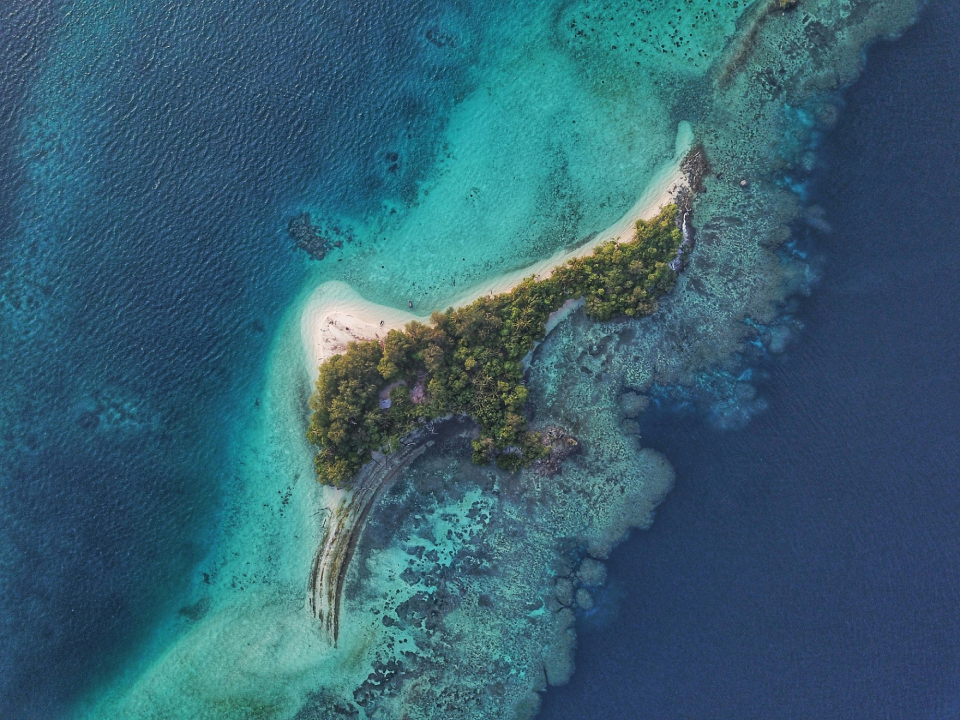A major new research initiative has been launched to map the ecological pathways linking land, estuaries and the coastal marine environment in Tauranga Moana.
The University of Waikato unveiled the Tiwaiwaka Ecological Corridors project this week at the Climate Action Festival. The announcement marks a significant advance in work to understand how catchment health directly influences downstream ecosystems.
Delivered in partnership with New Zealand restoration collective Tiwaiwaka, Tauranga Moana Biosecurity Capital (TMBC), iwi, local and regional authorities, industry and landowners, the project represents one of New Zealand’s most comprehensive catchment to coast studies. It will explore how restoration actions on land and within estuaries can strengthen ecosystem resilience and support long-term environmental wellbeing.
Over the next three years, Professor Chris Battershill and a team of five research students will investigate how sediment, runoff and contaminants from modified catchments influence biodiversity, productivity and ecological health downstream. The study will focus on transition habitats that serve as nurseries or movement corridors for marine and freshwater species and will assess the role of artificial reefs in supporting biodiversity along modified channels.

Professor Chris Battershill
A core component of the work also includes understanding how these ecosystems respond to the increasing threat of marine invaders. By examining the resilience of key habitats and species to invasive organisms that move through estuarine and coastal environments, the project aims to support stronger biosecurity and more effective long-term protection measures.
“Tauranga Moana’s estuaries are vital ecological corridors, yet they are increasingly under pressure,” Professor Battershill said. “What we do to the land, we do to the sea. Understanding these connections in detail will help us design restoration actions that deliver measurable benefits for our marine and freshwater environments.”
The project will link multiple University of Waikato research sites including Peara Reef, where nine regenerative artificial reef systems have been deployed in Tauranga Harbour, and seapods, which form part of a living seawall designed to encourage new marine life within the harbour. Further restoration projects at Turret Road, Rangataua Estuary and Waimapu Estuary also form part of the research. Together these locations will provide a coordinated view of catchment health and its effects on downstream ecosystems.

A manmade living seawall in the Tauranga Harbour, an initiative by Tauranga City Council and sponsored by Port of Tauranga, which includes 100 seapods. Photo by Tauranga City Council
Strong partnership and community involvement underpin the project. Iwi participation includes Ngāti Ranginui, Ngāi Te Rangi, Ngāti Pūkenga and Ngāi Tamarāwaho. Local landowners such as Rahera Ohia from Ngāpeke and Te Kapua Whakapipi Trusts and John Burke are also involved in the project.
“At its core, this project connects science, community and place,” Professor Battershill said. “By tracking the journey from land to sea, we can highlight pressures, identify opportunities for remediation and support evidence-based decision-making across Tauranga Moana.”




